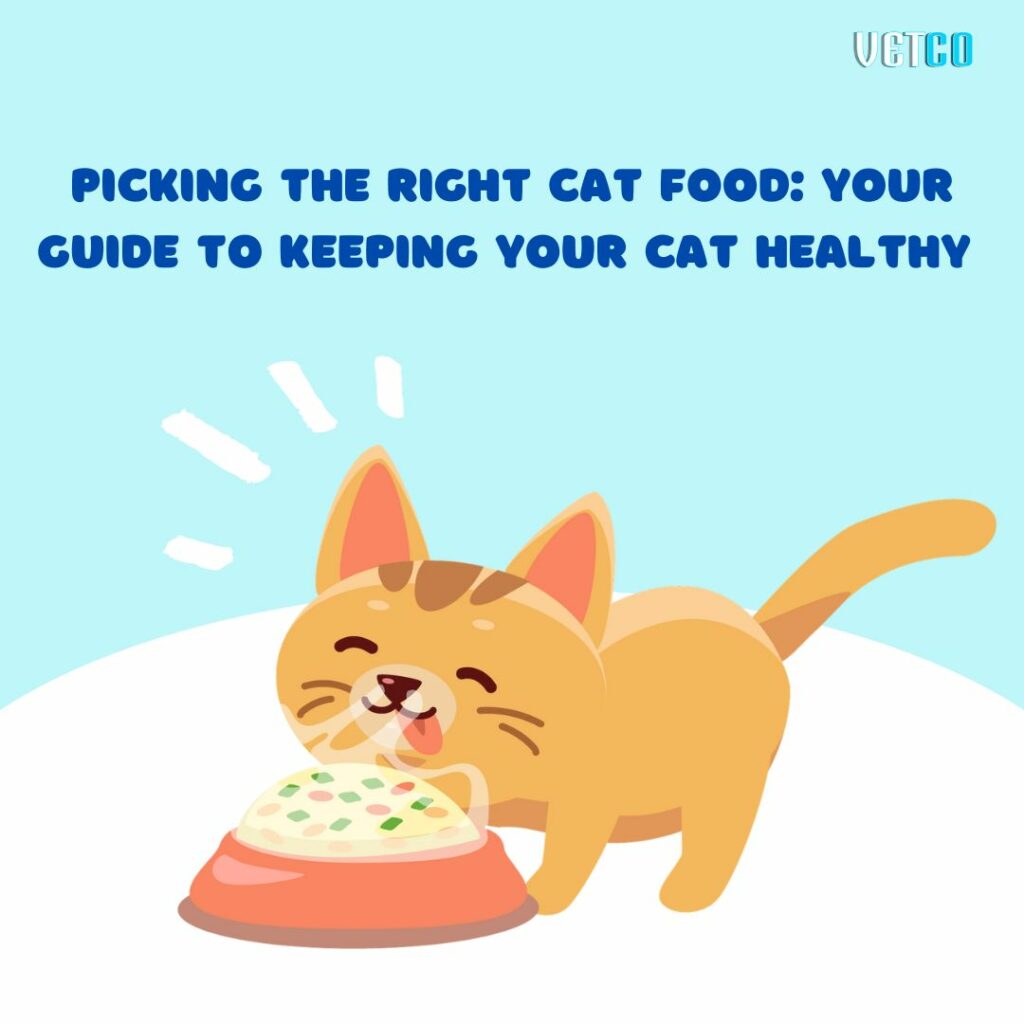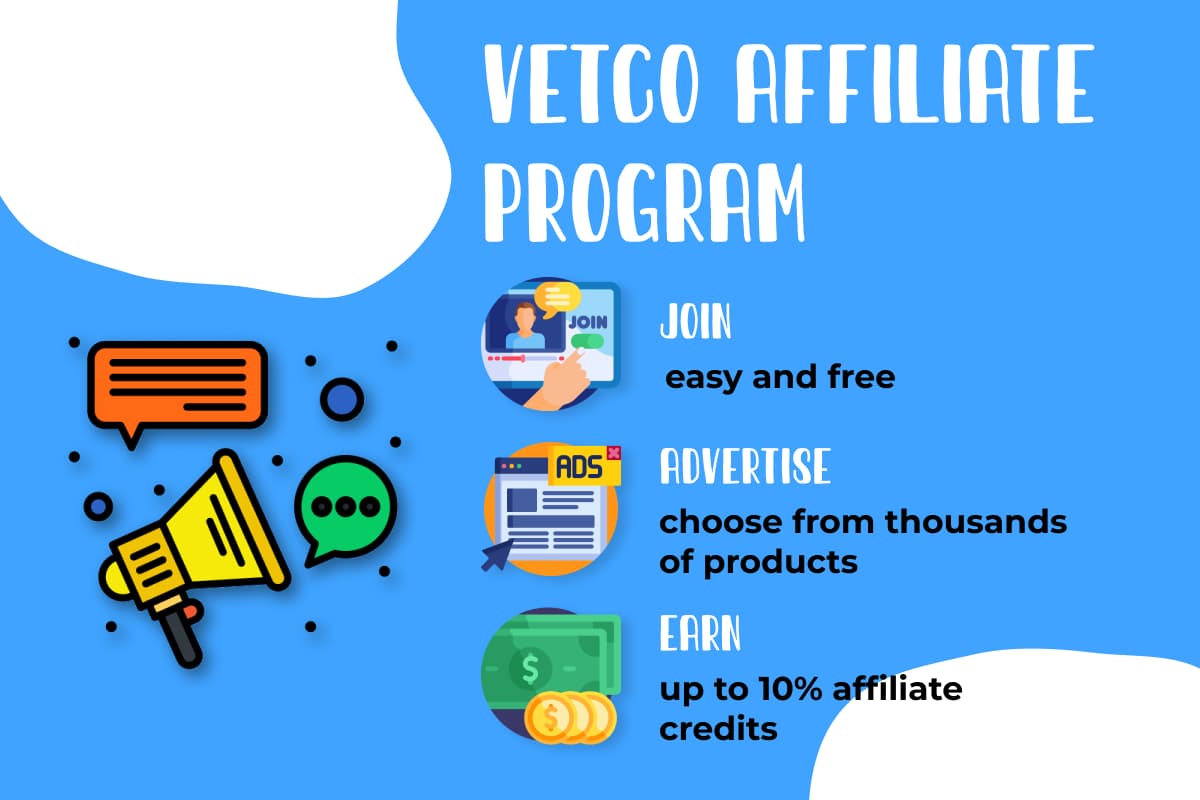Although our cats might not like to admit it, we are the only ones who can decide what they should eat. What cats eat is a common topic posed by people who are new cat parents. Because cats eat the same food at every meal, it is quite easy to comprehend their nutritional requirements. A healthy cat food plan should be established since it helps the animal live longer and in better health. It also helps the animal maintain a healthy weight.
About 10,000 years ago, farmers and cats coexisted in harmony, which is when humanity first developed our unbreakable link with cats. On the farm, cats would murder the rodents for food, shelter, and the love of a family. Cats can still survive and thrive in the wild, with only slight changes to their anatomy and behavior occurring during domestication. What is it like to feed a creature that is dear to your heart but yet close to the wild? Cats can’t be fed a totally vegetarian diet because of how closely related they are to the wild. That does not preclude a vegetarian family from having cats, though.
Make sure you’re feeding your cat something wholesome and nutritious because the food we provide significantly impacts their general health. If your cat previously consumed a specific brand of cat or kitten food, combining small portions of that brand’s cat food with the food you intend to feed them can aid in a smooth transition. Here, you can locate the food of your cat’s choice. A cat’s stomach typically feels uncomfortable if its nutrition is abruptly changed. Kitten food should be a recipe created to suit their nutritional and calorie requirements as they develop into strong and healthy adults. Asking a vet for advice on the best cat food is best if your cat is overweight, underweight, or elderly.
Here is some advice on what to feed a healthy cat:
What kind of food is best for my cat?
Raw cat food is relatively new to many people and is known as a BARF diet (biologically appropriate-raw-food). A BARF diet consists of giving your cat raw animal parts such as organ meat, muscle meat, and bones. A meticulously crafted recipe is used to make an excellent and healthy raw diet. If you give your cat a BARF diet, it needs to be healthy, balanced, and endorsed by a veterinarian.
Wet cat food: it is one of the most widely available cat foods on the market. The majority of cats we’ve encountered like the gravy, mince, or chunk varieties of wet cat food. Food of this sort typically has a high water content and is nutritious and nutritionally well-balanced.
Quality is the most important factor in wet food. Because high-quality and premium canned meals frequently feature meat as their main ingredient and don’t contain byproducts, artificial colors, flavors, or fillers, it is imperative that you only feed your cat the best-wet food available.
What drawbacks are there to wet cat food?
Food that is wet should not be kept out for longer than 20 minutes. It might go bad and become dangerous to eat. While wet cat food of inferior grade doesn’t offer comprehensive nutrition, premium quality food offers a wholesome and balanced meal. It might irritate people’s stomachs.
Dry food is the most typical way to feed cats. It can be found in kibble form, and many cat parents utilise it. If you are working or not at home during mealtime, feeding dry food is the most practical option. Dry food can be exposed to the air for a long time without going bad. The best-quality dry food is essential, just as wet food.
What drawbacks are there to dry cat food?
Many of the commercially available cat foods contain grains rather than meat. Avoid items that contain byproducts, fillers, or artificial flavors, and check the label to confirm that meat is the main ingredient.
GRAIN-FREE FOOD
Grain-free recipes are different from carb-free meals and gluten-free dishes. Many pet meals without grains have a higher protein content than their grain-containing counterparts.
Reduced carbs are frequently associated with grain-free; however, this is only sometimes the case. A decrease in carbohydrates will increase fat, protein, or both because all diets have a balance of these three nutrients.
Benefits of grains free food
- Glossy and reflective coat
- reduction of skin irritation and flakiness
- Comfortable and easy digestion
GRAIN-INCLUSIVE FOOD
Grains are a good source of complex carbs, which digest more slowly than simple carbohydrates. Despite not being deemed necessary, carbohydrates are extremely important to your pet’s body. A highly digested and accessible source of energy, carbohydrates are.
Benefits of grains food
- Healthy eyesight
- Strong immunity
- Good intestinal bacteria
How much should I feed?
The next step is to determine how much food your cat needs to eat after choosing the diet you want them to have. Cats active during the day and walking around the block may need a diet with more calories than cats who prefer to lounge about the house. The quantity to be fed also depends on your cat’s weight. Before making a choice, consult your veterinarian about how much to feed your cat.











